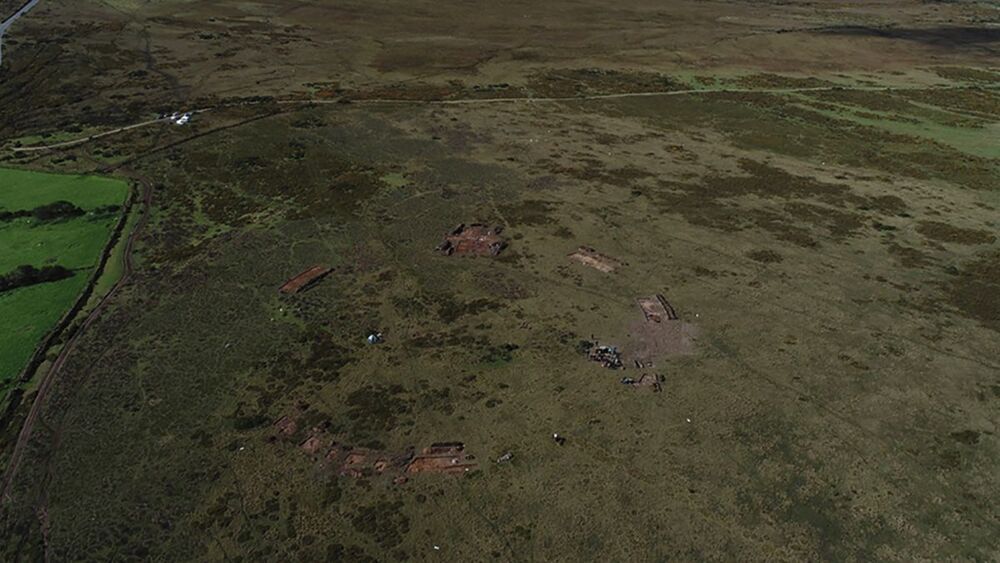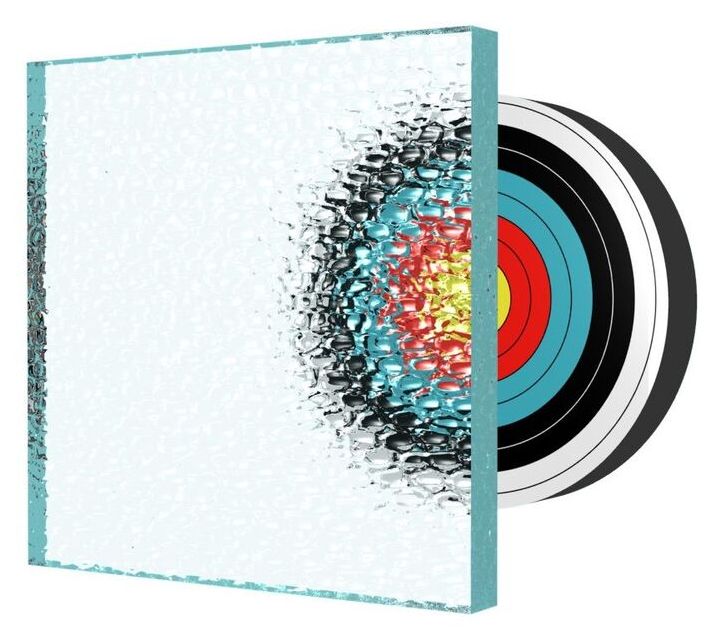The earliest megalithic circle at Stonehenge, now in the southwest of England, was first built in the west of Wales more than 5000 years ago.



We all know the benefits of saunas on our mental and physical health, indeed, I recently did a video on just that, but what about the home saunas that are available so you can get the benefits as often as you desire, without having to leave the comfort of your own home, especially relevant in the current climate and recurring lockdowns… Well I have been testing both steam and infrared varieties extensively over the last year and have put together a quick guide on the pros and cons on both types. So if you have been thinking about investing yourself, or indeed you want to know which type is best for you, why not check out this video for further information. Have an awesome day…
Having already looked at the benefits of saunas, just how do home portable saunas stack up. Are they worth the expens…


ILTV spoke with the co-founder and CEO of Spacepharma Yossi Yamin to discuss the new technology, and its implications for the scientific community.
A veteran #Falcon9 is set to become @SpaceX’s 3rd most-flown booster later tonight, as B1059 launches for the 6th time.

Today I’m excited to announce my new book called And TODAY it’s FREE on Amazon (instead of $7.99). So please download a free copy! And share with a friend!
Enter your mobile number or email address below and we’ll send you a link to download the free Kindle App. Then you can start reading Kindle books on your smartphone, tablet, or computer — no Kindle device required.
